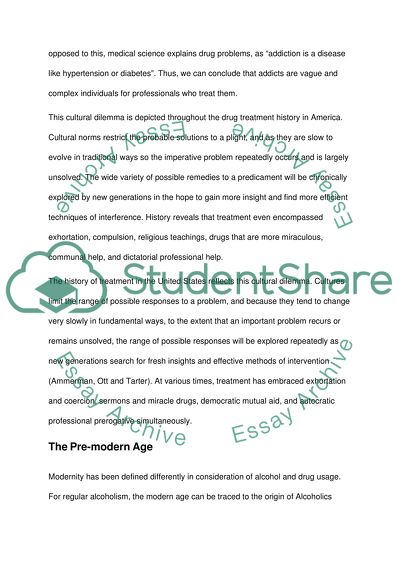Cite this document
(“Drug and Alcohol Treatment - History and Structure Research Paper”, n.d.)
Retrieved from https://studentshare.org/sociology/1451164-drug-and-alcohol-treatment-history-and-structure
Retrieved from https://studentshare.org/sociology/1451164-drug-and-alcohol-treatment-history-and-structure
(Drug and Alcohol Treatment - History and Structure Research Paper)
https://studentshare.org/sociology/1451164-drug-and-alcohol-treatment-history-and-structure.
https://studentshare.org/sociology/1451164-drug-and-alcohol-treatment-history-and-structure.
“Drug and Alcohol Treatment - History and Structure Research Paper”, n.d. https://studentshare.org/sociology/1451164-drug-and-alcohol-treatment-history-and-structure.


